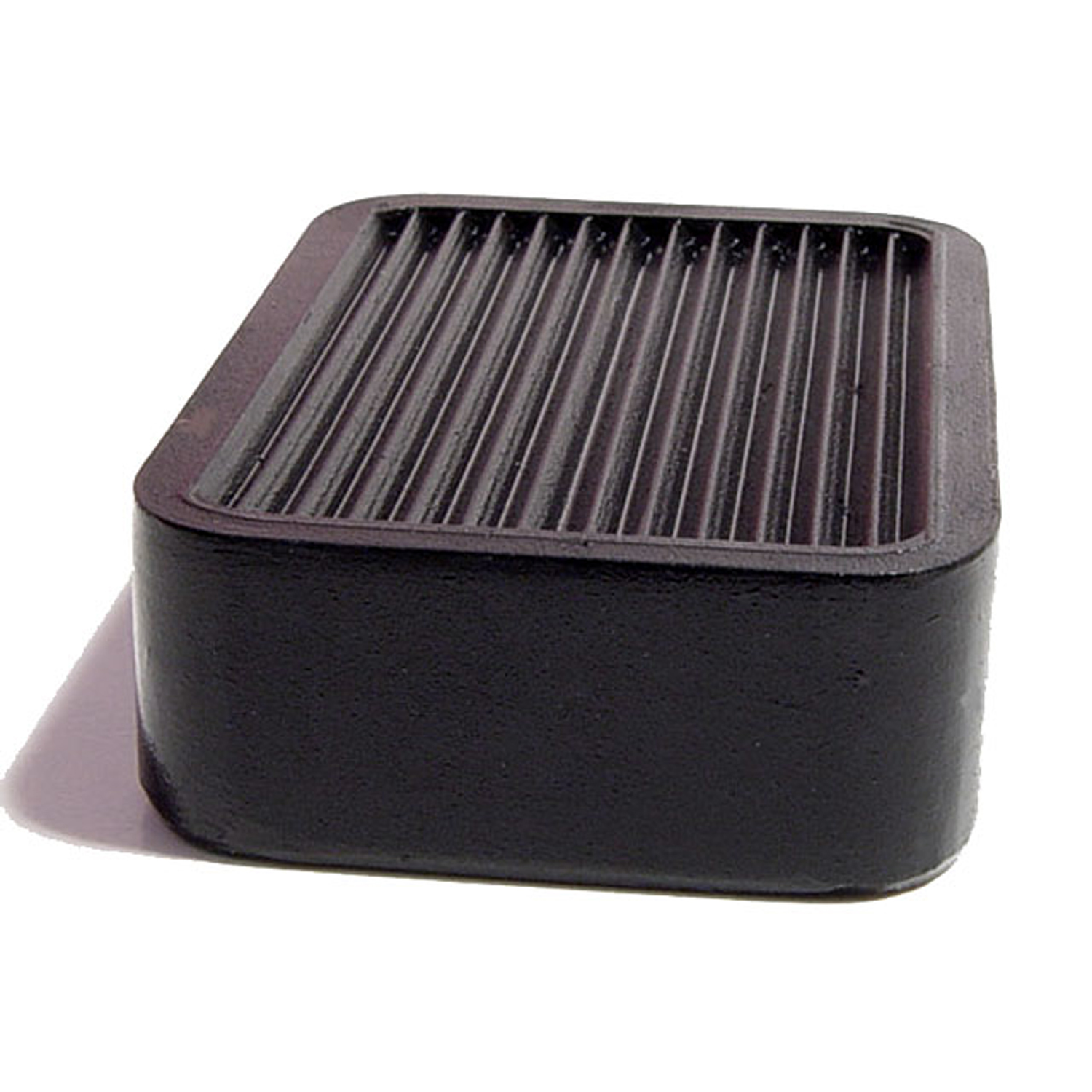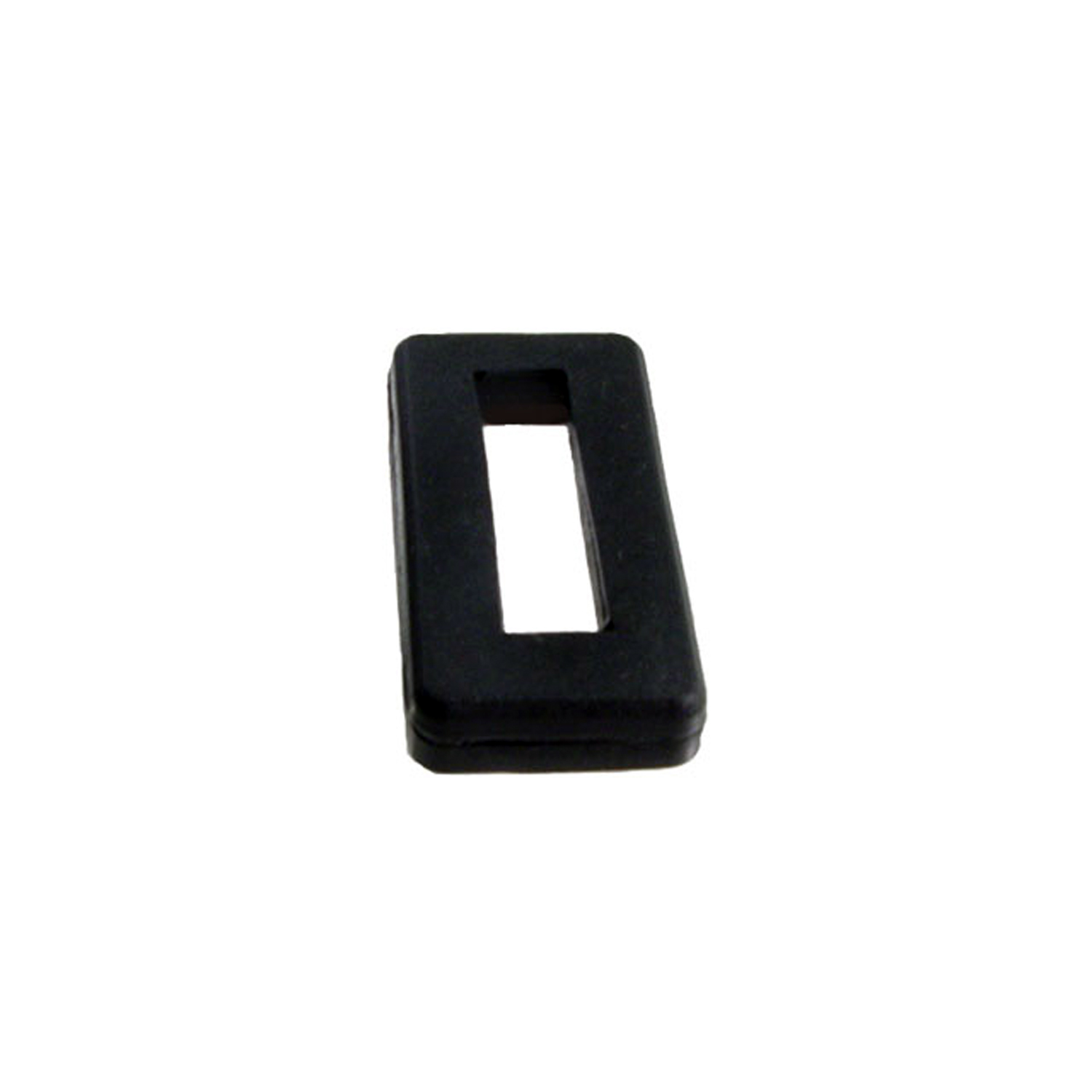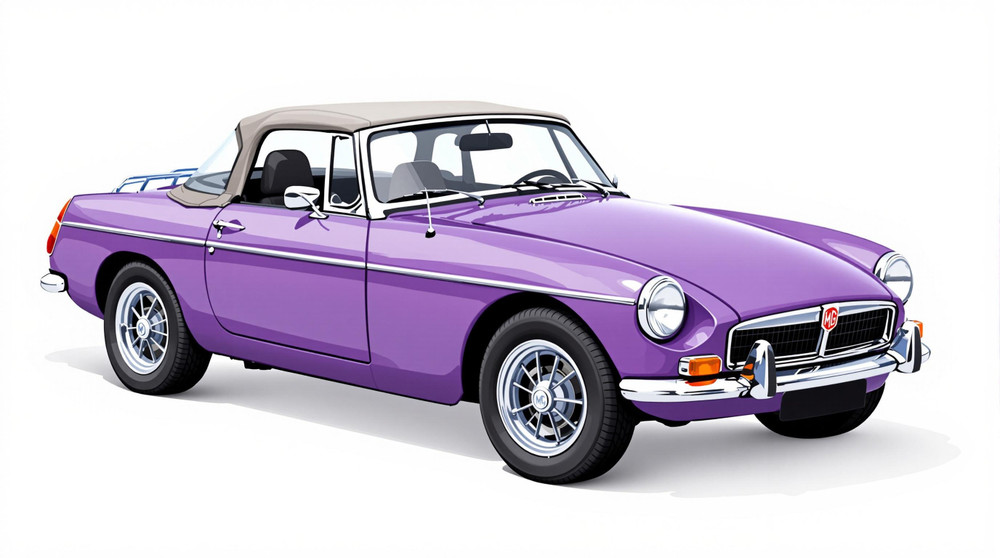Image of 1971 Mg Mgb, Note: These illustrations use artistic license and may differ from actual historical models.
Performance Metrics
Fundamental Metrics
Emotional Appeal
MMP Rating
| Engine Specifications | |
|---|---|
| Engine: | 1.8L I4 |
| Displacement: | 1798cc |
| Horsepower: | 95 hp |
| Torque: | 110 lb-ft |
| Compression Ratio: | 8.8:1 |
| Ignition System: | Electronic Ignition |
| Cooling System: | Water-cooled |
| Performance Specifications | |
| 0-60 Time: | 11 seconds |
| 1/4 Mile Time: | 18 seconds |
| Top Speed: | 105 mph |
| Transmission and Drive | |
| Drive Type: | RWD (Rear Wheel Drive) |
| Transmission Type: | 4-speed manual |
| Fuel and Efficiency | |
| Fuel System Type: | Twin SU carburetors |
| MPG: | 25 MPG |
| Dimensions and Brakes | |
| Brakes: | Disc Brakes (front), Drum Brakes (rear) |
| Wheelbase: | 91 inches |
| Weight: | 2,072 lbs |
Note: Specifications for classic cars are given to the best of our ability, considering the limited and variant data available.
1971 MG MGB: A Timeless British Classic
The 1971 MG MGB stands as a testament to the enduring charm of British sports cars. Born in an era when open-top motoring was synonymous with freedom and excitement, the MGB by Morris Garages (MG) became an icon of automotive design and a beloved classic. Its sleek lines and compact dimensions captured the hearts of enthusiasts worldwide, making it one of the most recognizable sports cars of its time. Notably, the '71 model marked the beginning of the end for the pure chrome-bumpered MGBs before regulations mandated significant changes.
Design and Innovation
The exterior of the 1971 MG MGB is a study in classic sports car aesthetics. Its long bonnet, short rear deck, and rounded fenders exude a timeless elegance that has aged gracefully over the decades. Inside, the cabin is a blend of simplicity and functionality, with an emphasis on driver engagement rather than luxury. Materials are honest—leatherette seats and a metal dashboard—speaking to an era where driving pleasure trumped opulence. Technologically, it featured innovations like a unibody construction which enhanced rigidity while keeping weight low. Color options ranged from vibrant reds to deep blues, with British Racing Green being an eternally popular choice among purists.
Historical Significance
The MGB's impact on automotive design was profound. It helped cement the roadster layout as a staple for sports cars and influenced generations of designers. What set it apart was its accessibility; it offered genuine sports car thrills without the astronomical price tag of some contemporaries. This approach democratized sports car ownership and left a lasting legacy on the industry.
Performance and Handling
Underneath its sculpted hood lay a 1.8-liter B-Series engine that propelled the MGB to respectable top speeds for its time, while achieving 0-60 mph in just over 11 seconds—a lively performance that thrilled drivers then and now. On winding roads or when navigating through bumps, the MGB displayed admirable poise thanks to its well-tuned suspension system. The symphony from its inline-four engine, combined with direct steering feedback, made every journey an engaging experience.
Ownership Experience
The 1971 MG MGB was versatile; it served as a daily driver for some, while others cherished it as a weekend showpiece or even used it in amateur racing events. Its mechanical simplicity meant that maintenance could often be performed by owners themselves, adding to its appeal. Reliability was typical for its era—meaning regular attention was needed—but parts availability and community support have always been strong.
Fun Facts
The MGB had its share of quirks; for instance, some models featured a third windshield wiper positioned vertically in the center—a peculiar solution to ensure better visibility. Celebrity owners like Prince Charles have kept company with this British classic, further cementing its status in popular culture. While not known for breaking speed records, its sales figures were impressive, with over half a million units produced during its run.
Collector's Information
Today, values for a well-preserved 1971 MG MGB can vary widely based on condition, originality, and provenance. With production numbers in the tens of thousands for that year alone, they are not exceedingly rare but finding one in pristine condition can be challenging. Prices can range from $5,000 for a project car to upwards of $20,000 or more for concours-quality examples. The market trend has generally seen appreciating values for these vehicles as their classic status becomes more revered over time.
Conclusion
The 1971 MG MGB is more than just a car; it's a slice of automotive history that continues to capture imaginations today. Its blend of style, performance, and simplicity has ensured its place in the pantheon of classic cars. Whether you're behind the wheel or admiring from afar, this quintessential British roadster represents an era where joy came with four wheels and an open top.
1971 Mg Mgb Catalog of Parts
 1971 MG MGB Accelerator Pedal Pad. 1-3/16" wide X 1-5/8" long. Each-AP 28Accelerator Pedal Pad. 1-3/16" wide X 1-5/8" long. Each
1971 MG MGB Accelerator Pedal Pad. 1-3/16" wide X 1-5/8" long. Each-AP 28Accelerator Pedal Pad. 1-3/16" wide X 1-5/8" long. Each 1971 MG MGB Clutch and Brake Pedal Pads. 1-3/4" wide X 3" long. Pair-CB 86Clutch and Brake Pedal Pads. 1-3/4" wide X 3" long. Pair
1971 MG MGB Clutch and Brake Pedal Pads. 1-3/4" wide X 3" long. Pair-CB 86Clutch and Brake Pedal Pads. 1-3/4" wide X 3" long. Pair 1971 MG MGB Stabilizer Bar Bushings. 1-1/2" high, 3/16" I.D. Pair-RP 22Stabilizer Bar Bushings. 1-1/2" high, 3/16" I.D. Pair
1971 MG MGB Stabilizer Bar Bushings. 1-1/2" high, 3/16" I.D. Pair-RP 22Stabilizer Bar Bushings. 1-1/2" high, 3/16" I.D. Pair 1971 MG MGB Grille Shell Grommet. 2" X 1" X 5/16" Thick. Each-SM 7Grille Shell Grommet. 2" X 1" X 5/16" Thick. Each
1971 MG MGB Grille Shell Grommet. 2" X 1" X 5/16" Thick. Each-SM 7Grille Shell Grommet. 2" X 1" X 5/16" Thick. EachWhy Choose Metro?
For over 100 years, Metro Moulded Parts has been the pinnacle of quality in classic car restoration parts. Our commitment to precision and authenticity in every component ensures a perfect fit and an OEM-level appearance.
- Expert Craftsmanship & Quality: Each part is a testament to our dedication to reliability and perfection, crafted from original designs and thoroughly tested.
- Advanced Technology: We use cutting-edge techniques to create flawless, long-lasting parts that surpass others in performance.
- SuperSoft Sponge – The Ultimate Door Seal: Not only are our door seals 30% softer than competitors', but they're also guaranteed to never leak. They effectively reduce wind and road noise, enhancing your classic car's comfort and driving experience.
- Proudly American: Our parts are a product of American craftsmanship, made in the USA with a spirit of excellence and heritage.
- Unrivaled Warranty: We back our products with a 30-year industry-leading warranty, a testament to our confidence in their quality.
Join us in preserving the legacy of classic cars with parts that are crafted for perfection, not just made.

